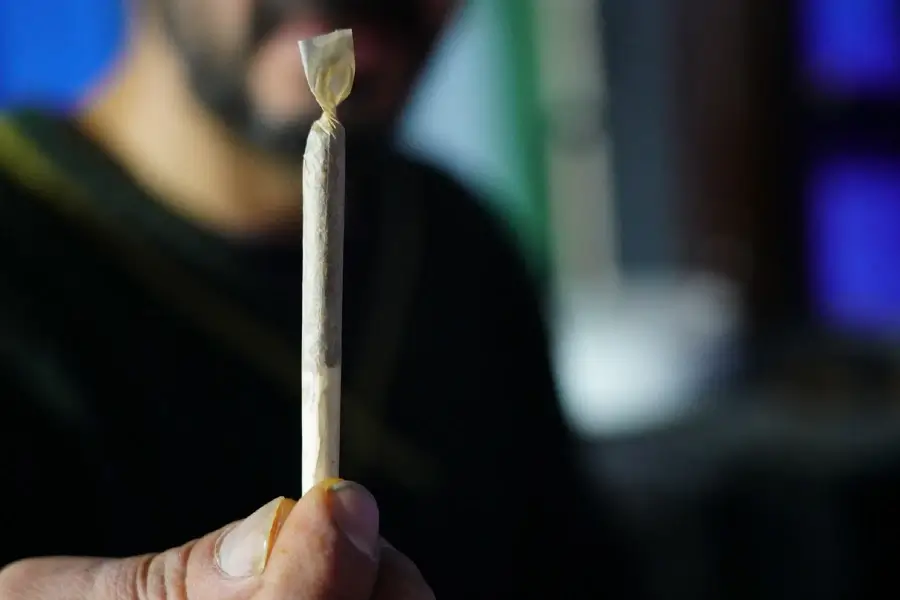Cannabinoid Polymorphism: Crystal Structures of CBD, THC, and Their Stability Conditions
Introduction
As the cannabis industry continues to evolve, scientific research into the molecular architecture of its active constituents—particularly the **cannabinoids**—has intensified. One key phenomenon gaining attention is **cannabinoid polymorphism**, which refers to a compound’s ability to exist in more than one crystalline structure. This seemingly subtle feature significantly influences the **stability**, **bioavailability**, and overall efficacy of cannabis-based formulations.
Polymorphic compounds exhibit differing **solubility**, **melting points**, and **pharmacokinetic profiles**, despite being chemically identical. In the context of **medical cannabis**, such nuances are critical for predictability and consistency in treatment outcomes.
Among the major cannabinoids, **CBD (cannabidiol)** and **THC (delta-9-tetrahydrocannabinol)** show distinct behaviors. CBD demonstrates a tendency to form various crystal structures under specific solvent and temperature conditions, which can influence formulation design—particularly for oral or topical applications. THC, on the other hand, typically exists in a **resinous**, amorphous form but has shown **crystallization potential** under certain lab-controlled environments.
Understanding these structural variations is paramount for cannabis product developers, clinicians, and manufacturers seeking to create more durable, precise, and bioconsistent therapeutic options. Advanced analytical techniques—such as **X-ray Powder Diffraction (XRPD)** and **Differential Scanning Calorimetry (DSC)**—offer powerful tools to assess and manipulate these crystalline forms accurately. This emerging area of research plays a defining role in the future of **standardized cannabis medicine**.
Features: Medical and Professional Studies on Cannabinoid Polymorphism
While cannabinoid polymorphism is still relatively novel compared to polymorphism in traditional pharmaceuticals, it’s quickly earning recognition for its implications. A pivotal study published in the journal Molecules revealed that **CBD forms at least three distinct crystalline structures**, each with different **melting points** and **aqueous solubility profiles**. These differences profoundly affect **bioavailability** and **therapeutic outcomes**.
Researchers demonstrated that manipulating **temperature**, **solvent choice**, and **cooling rate** during crystallization can yield alternative polymorphs of CBD. These unique crystalline forms differ in their interaction with **light**, **moisture**, and **thermal conditions**, allowing formulation scientists to strategically tailor product compositions for enhanced **stability** and **delivery efficiency**.
In contrast, **THC** presents unique challenges due to its **lipophilic and amorphous nature** at ambient conditions. However, a breakthrough report in Crystal Growth & Design detailed the **crystallization of delta-9-THC** under laboratory environments involving high pressure and low thermal settings. The crystalline phase obtained was **metastable**, maintaining a semi-solid state before relapsing into its more common viscous form. While this has limited current commercial use, it highlights future possibilities in **slow-release THC delivery systems** and **transdermal applications**.
Moreover, the **pharmaceutical standardization** of cannabinoids will likely depend on controlling for **polymorphic variability**. Regulatory agencies like the FDA already regulate polymorphic APIs due to discrepancies in **absorption rates** and **efficacy**. Given that **Epidiolex**, a CBD isolate, holds FDA approval, it is plausible that tighter guidelines will follow for a broader spectrum of cannabinoid-based therapies.
Analytical equipment—such as **DSC**, **XRPD**, and **microscopy**—helps manufacturers verify **purity**, assess **degradation profiles**, and improve the **shelf life** of cannabinoid compounds. Utilizing these assessments promotes better **dose consistency**, **regulatory compliance**, and **patient safety**.
Conclusion
Cannabinoid polymorphism is revolutionizing the way we understand and manufacture **medical cannabis** products. By uncovering and manipulating the crystal structures of **CBD** and **THC**, researchers have opened doors to more precise formulations and **commercial products** with improved performance metrics. Whether the goal is enhanced **bioavailability**, optimized **delivery methods**, or superior **stability**, understanding **cannabinoid crystal behavior** is imperative for the future of therapeutic cannabis.
References
1. Mazzetti, C., Ferraro, L., Spadavecchia, J., & Lazzari, P. (2020). [Cannabidiol Crystals: Polymorphs and Solubility](https://www.mdpi.com/1420-3049/25/17/3912). Molecules.
2. Lee, C. Y., Chang, Y. H., & Lin, H. H. (2019). [Characterization and Crystallization Conditions of Δ9-THC: A Structural Analysis](https://pubs.acs.org/doi/abs/10.1021/cg901205k). Crystal Growth & Design.
3. [U.S. Food and Drug Administration (2018)](https://www.fda.gov/news-events/press-announcements/fda-approves-first-drug-comprised-active-ingredient-derived-marijuana-treat-rare-severe-forms). FDA Approves First Drug Comprised of an Active Ingredient Derived from Marijuana to Treat Rare, Severe Forms of Epilepsy.
4. Byrn, S., Pfeiffer, R., Ganey, M., Hoiberg, C., & Poochikian, G. (1995). [Pharmaceutical Solids: A Strategic Approach to Regulatory Considerations](https://doi.org/10.1023/A:1016228203950). Pharmaceutical Research, 12(7), 945–954.
5. Bugay, D. E. (2001). [Characterization of the Solid-State: Theory and Practice](https://doi.org/10.1016/S1359-6446(01)01737-2). Drug Discovery Today, 6(9), 437–446.
Concise Summary
Cannabinoid polymorphism involves the ability of CBD and THC to form different crystal structures, significantly affecting their solubility, stability, and therapeutic effect. CBD has several known polymorphs which can be manipulated through temperature and solvents, while THC can crystallize under high-pressure, low-temperature conditions. These variations influence drug formulation, bioavailability, and regulatory standards. Advanced tools like DSC and XRPD are crucial in identifying and optimizing these polymorphs. As cannabis moves into mainstream medicine, controlling cannabinoid polymorphism will be essential for product safety, efficacy, and consistency.




